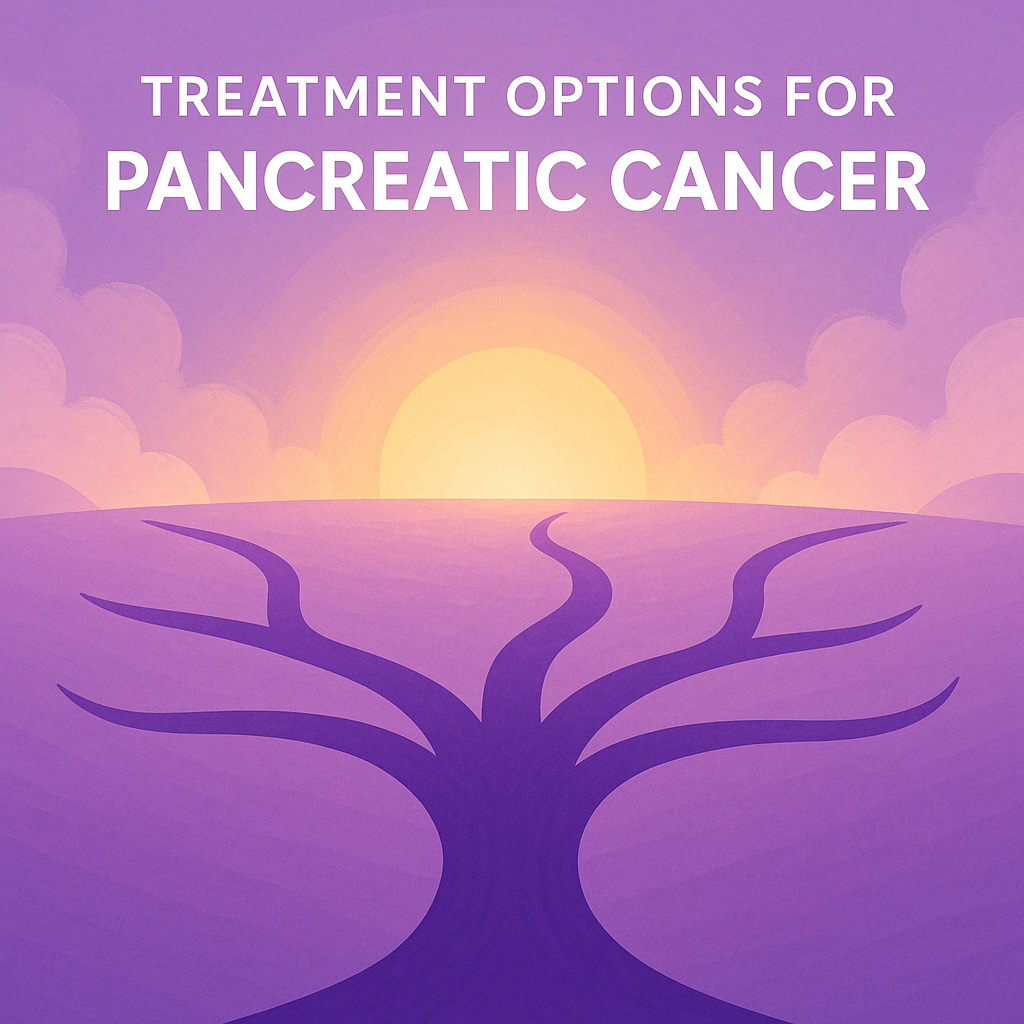Treatment for pancreatic cancer depends on the type, stage, and overall health of the patient. Care is typically provided by a multidisciplinary team that includes surgeons, oncologists, gastroenterologists, and palliative care specialists.
1. Surgery
Surgery is the only treatment with the potential to cure pancreatic cancer. However, only about 15–20% of patients are candidates because the cancer is often diagnosed at an advanced stage.
Common surgical procedures:
- Whipple procedure (pancreaticoduodenectomy): Removes the head of the pancreas along with part of the stomach, duodenum, bile duct, and gallbladder. This is the most common surgery for tumors in the head of the pancreas.
- Distal pancreatectomy: Removes the body and tail of the pancreas, often with the spleen.
- Total pancreatectomy: Removes the entire pancreas, bile duct, gallbladder, and part of the stomach and small intestine. Patients will require lifelong insulin and enzyme replacement.
📖 Resource: Johns Hopkins Medicine – Surgery for Pancreatic Cancer
2. Chemotherapy (Systemic Therapy)
Chemotherapy uses drugs that circulate throughout the body to kill cancer cells. It can be given:
- Neoadjuvant (before surgery): To shrink tumors and increase surgical success.
- Adjuvant (after surgery): To reduce the risk of recurrence.
- Primary treatment: For patients with locally advanced or metastatic disease.
Standard regimens include:
- FOLFIRINOX (combination of fluorouracil, leucovorin, irinotecan, oxaliplatin) – typically for patients in good health who can tolerate intensive therapy.
- Gemcitabine + nab-paclitaxel – often used when FOLFIRINOX is not appropriate.
- Gemcitabine alone – an option for patients who cannot tolerate combination therapy.
📖 Resource: American Cancer Society – Chemotherapy for Pancreatic Cancer
3. Radiation Therapy
Radiation uses high-energy X-rays to kill cancer cells. It may be used in combination with chemotherapy (chemoradiation) or alone.
When radiation is used:
- To shrink borderline resectable tumors before surgery.
- To control locally advanced cancer when surgery is not possible.
- To relieve symptoms such as pain or bleeding.
📖 Resource: National Cancer Institute – Pancreatic Cancer Treatment
4. Targeted Therapy and Immunotherapy
Advances in genetics and molecular profiling have led to new treatment options for selected patients.
- PARP inhibitors (e.g., olaparib): For patients with inherited BRCA1/2 or PALB2 mutations.
- MSI-H or dMMR tumors: May respond to immunotherapy drugs such as pembrolizumab (a PD-1 inhibitor).
- TRK fusion-positive tumors: May respond to TRK inhibitors such as larotrectinib.
Testing tumors for genetic changes (biomarker testing) is critical to determine eligibility.
📖 Resource: FDA – Targeted Therapies for Pancreatic Cancer
5. Palliative and Supportive Care
Palliative care is not only for end-of-life care. It should begin at diagnosis to improve quality of life.
- Pain management: Often involves medications, nerve blocks, or celiac plexus neurolysis.
- Digestive support: Pancreatic enzyme replacement therapy (PERT) helps manage malabsorption.
- Nutritional counseling: Maintains weight and strength during treatment.
- Psychological and social support: Reduces anxiety and caregiver stress.
📖 Resource: Cancer.Net – Palliative Care for Pancreatic Cancer
Key Takeaway
Treatment may involve surgery, systemic therapy, radiation, or a combination of approaches. Genetic and biomarker testing are increasingly important for guiding therapy, and palliative care should be integrated from the start.
NEXT ARTICLE: Clinical Trials Access & Information

